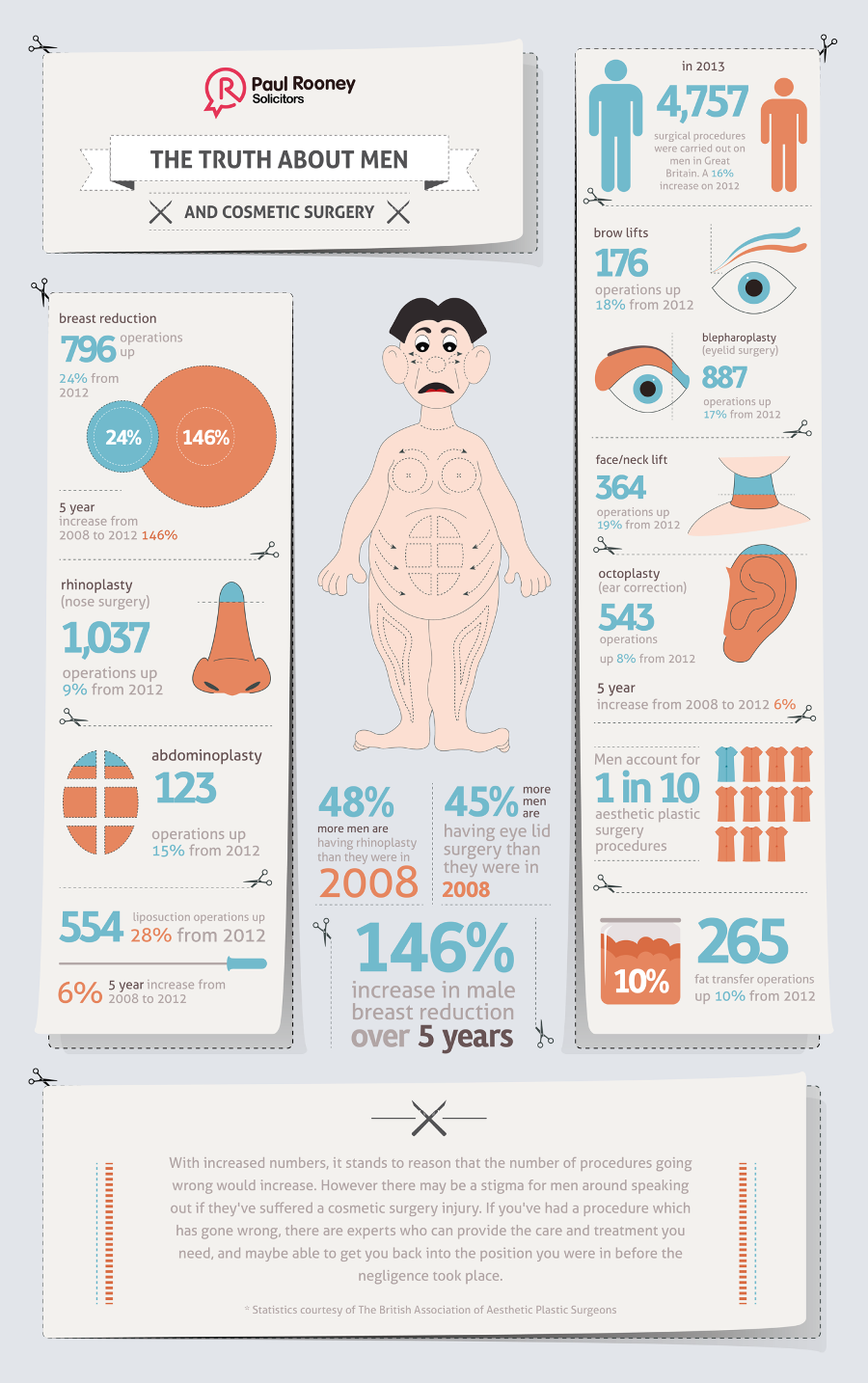Blackheads And Whiteheads
Blackheads And Whiteheads
Blog Article
Advantages of Salicylic Acid For Acne
Salicylic acid is an essential active ingredient in several nonprescription acne therapies. It dries up blackheads and whiteheads along with minimizing excess oil. It can also assist fading acne scars, although it may take a while.
Like benzoyl peroxide, it functions by unplugging skin pores. Yet it does so differently.
1. Breaks Down Dead Skin Cells
Salicylic acid is a beta-hydroxy acid (BHA) that's oil-soluble and consequently able to sink deep into the skin, liquifying excess oil as well as dead skin cells. This is what makes it such a reliable anti-acne treatment. It softens keratin, the healthy protein that forms part of our skin framework, to ensure that completely dry, scaly skin conveniently sheds, and it loosens up blackheads and whiteheads so they can be gotten rid of.
The problem with stopped up pores is that bacteria, dust and dead skin cells are trapped, developing the excellent atmosphere for acne to flourish in. Unlike water-based exfoliants, which just scrub the skin's surface area, salicylic acid permeates much deeper right into the pores to get rid of the accumulation, creating an oxygen-rich setting that's aggressive to bacteria.
Try to find a salicylic acid cleanser with 2% focus or higher, especially for oily skin kinds. If you have sensitive or completely dry skin, start with a reduced dose and utilize it less often. Constantly read the tag thoroughly to comply with application guidelines.
2. Breaks Down Sebum
As a keratolytic, Salicylic acid helps scrub the skin by dissolving the bonds that hold dead skin cells together. This permits the dead skin cells to lose more quickly, which in turn can assist unblock pores. This is what makes it such an effective component for dealing with blackheads and whiteheads, specifically when utilized combined with various other treatments that function to reduce sebum production.
Along with being an exfoliant, salicylic acid likewise has comedolytic residential or commercial properties that assist break down sebum. This is what makes it so reliable at treating blackheads and whiteheads, as well as other non-inflammatory acne.
As with any treatment, it is very important to constantly adhere to the instructions on your item's product packaging. Beginning with a percentage and progressively increase your usage as your skin accustoms to the component. This will help avoid any type of dry skin or level of sensitivity that might occur. Remember, it can take up to 6-8 weeks to observe a distinction in your acne.
3. Gets rid of Pores
When you use an acne product with salicylic acid, it penetrates deep right into your pores and loosens up the "adhesive" that triggers dead skin cells to amalgamate together. This makes it simpler for them to fall away and lowers pore blockages that cause surface acne, like blackheads, whiteheads, and tiny red pimples (pimples).
Due rejeron facial to its capability to pass through the pores, Dr. Negbenebor recommends using it in a serum, as opposed to a cleanser or body wash, to maximize its efficiency. Make sure to check out the active ingredient tag thoroughly and make note of any other prescription or nonprescription medicines you take or herbal products you're making use of, as some can connect with salicylic acid.
To locate a good item, try to find one that contains salicylic acid in a greater focus-- 2 percent or greater-- or that integrates it with another anti-inflammatory and exfoliating active ingredient, such as sodium PCA and sodium hyaluronate, which helps prevent the drying results of the salicylic acid. A fave of lots of reviewers with sensitive skin, this Paula's Option 2% salicylic acid product contains maltobionic acid to exfoliate without irritating the skin.
4. Reduces Redness
Salicylic acid is anti-inflammatory, which helps reduce soreness & irritability related to acne blemishes. It also softens & loosens dry, flaky skin, which can assist get rid of dead skin cells, flakes & debris that obstruct pores.
While over the counter concentrations of salicylic acid cap at 2% (for products that will certainly be left on your face), it's available in greater concentrations with a prescription. A dermatologist can suggest the appropriate concentration to treat your acne, based upon your skin type and your experience with treatments such as benzoyl peroxide or retinoids.
If you're brand-new to skin care items with this component or have oily skin, attempt making use of a reduced concentration first. You can gradually develop to a stronger concentration, however it is essential to use your item as guided, i.e., daily. Otherwise, overuse can leave your skin super-dry & inflamed. It's additionally recommended to use your products just in the evening, considering that salicylic acid can move onto fabrics & discolor them.